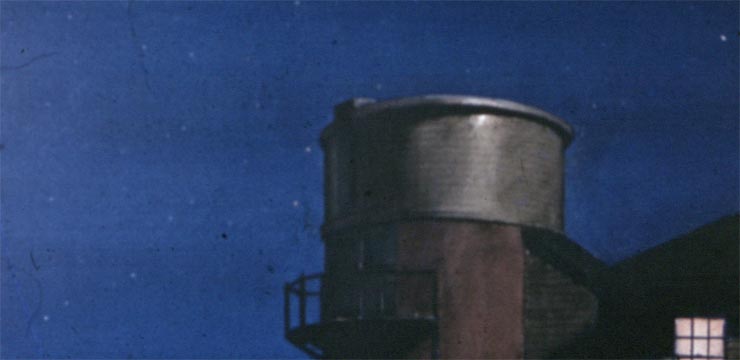
June 2022 President’s message
by Linda Bergemann
I am writing this message in mid-May, following a cloudy Astronomy Day. In spite of the clouds, we had a productive day at the Museum of Natural History and Planetarium. Solar observing was cancelled, but Michael Corvese, chair of the Program Committee, reported that about 150 people, adults and children, visited our exhibit tables inside the museum. My thanks to Ian Dell’Antonio, Conrad Cardano, Jim Meltzer, Mark Munkacsy, and Steve and Kathy Siok for educating the public on various topics in astronomy. And thanks to the many others who were ready to help had the weather cooperated. Special thanks to Michael Corvese and Renee Gamba for coordinating this event.
Over the last week, I have been reviewing the responses to a survey that we conducted last year. I have been looking for ideas for speakers and for activities in which our members show interest. This, and the dark cloud that seems to have settled over North Scituate, got me to thinking about radio astronomy. A couple of months ago, member Jeff Padell sent me an email article about NASA’s Radio JOVE Project and its new Radio Telescope Kit. A forecast for clouds for the night of the Total Lunar Eclipse convinced me to look into it. The Radio JOVE project began in 1999, for teams of students and individuals to learn radio astronomy by building and operating a radio telescope. The scope of the Radio JOVE project was extended in 2016 to incorporate citizen science research in heliophysics. By participating in the project, citizen scientists can (1) gain hands-on experience in building and operating single-frequency radio telescopes constructed from inexpensive kits, (2) make radio observations by operating their basic radio telescopes, and (3) analyze the data obtained by the telescopes they constructed or from remote telescopes through the Internet. This sounds to me like something that might interest some members of Skyscrapers. I am in search of someone in Skyscrapers to champion establishing a group of amateur radio astronomers within Skyscrapers. If there is sufficient interest, I would then propose that the Society purchase the Radio Telescope Kit, at a cost of about $400, for installation on the grounds of Seagrave Memorial Observatory. If this sounds like something that would interest you, please contact me, and we will work together to bring this to fruition.
More cloudy weather astronomy! Are you up for a challenge? Interested in astrophotography, but not sure how to get started? How about the Summer 2022 Edition of NASA’s Astrophoto Challenges? This include two challenges: the MicroObservatory Challenge and the NASA Data Challenge. Enter either challenge — or both! The MicroObservatory Challenge requires that you capture (using MicroObservatory) your own real-time telescope image of the Carina Nebula, and process it with MicroObservatory's JS94L tool. The NASA Data Challenge requires that you select any of NASA's images of Eta Carina & the Carina Nebula, and process them with MicroObservatory's JS94L tool. The challenge will end on July 31st. Find detailed instructions on how to participate in either challenge on the MicroObservatory Challenge page and the NASA Data Challenge page. The MicroObservatory Team and NASA's Universe of Learning will review all of the submissions, and highlight entries that demonstrate compelling and creative image-processing techniques. Standout entries will be recognized on the MicroObservatory Challenge page and the NASA Data Challenge page. Every standout entry will receive expert feedback from NASA scientists! Skyscrapers will showcase all of the entries at a meeting in the Fall.



